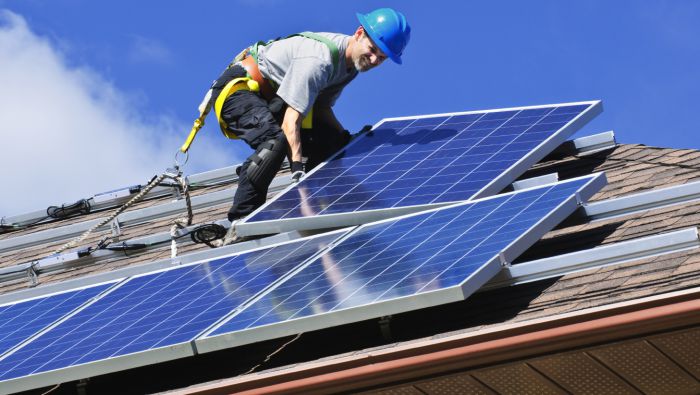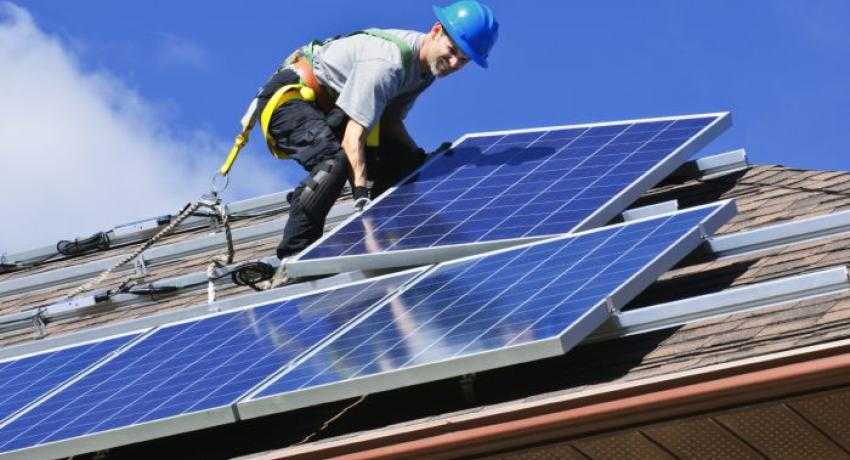DOE Invests $12 Million to Reduce Solar Soft Costs
 The U.S. Department of Energy (DOE) announced yesterday that it has awarded $12 million in grants to eight teams devoted to driving down the soft costs associated with solar installations.
The U.S. Department of Energy (DOE) announced yesterday that it has awarded $12 million in grants to eight teams devoted to driving down the soft costs associated with solar installations.
The Solar Rooftop Challenge aims to help regions and communities eliminate barriers for residential and small business solar installations, as well as reduce permitting, installation and design costs.
While the price of solar panels has dropped nearly 70 percent in the last three years, the installed cost of solar hasn’t dropped as dramatically. So-called soft costs account for an increasingly greater percentage of the total expense of a new solar array. In fact, permitting, installation and other fees now account for about 60 percent of the cost of an installed solar system.
“Today, solar modules cost about one percent of what they did 35 years ago, and permitting and interconnection are an increasingly large portion of overall solar system costs,” Energy Secretary Ernest Moniz said. “Through the Rooftop Solar Challenge, the Energy Department is helping to make the deployment of solar power in communities across the country faster, easier and cheaper – saving money and time for local governments, homeowners and businesses.”
Bringing down soft costs requires a coordinated effort that spans jurisdictional lines. It forces utility management, city, county and state governments and regulators to work together.
In the U.S. alone, there are more than 18,000 jurisdictions with their own solar permitting regulations and more than 5,000 independent utility companies in the country, according to the DOE.
This is the second round of grant funding for the Solar Rooftop Challenge. The first round set 22 organizations in action to tackle the reduction of soft costs.
The eight teams chosen for this round include Boward County, Fla.; California Center for Sustainable Energy; City University of New York; Clean Energy States Alliance of New Hampshire, Massachusetts, Connecticut and Vermont; Iowa Economic Development Authority; Mid-America Regional Council; Optony, Inc. working in 17 states; and the Washington State Department of Commerce.
Award amounts and project proposals vary. One thing that does not vary, however, is the fact that all eight groups have plans that the funding will help them set in motion to reduce soft costs associated with solar installation.
The organizations and government groups that applied for the funding were motivated by both environmental and economic factors.
“Iowa (for example) has real potential to generate solar energy as another alternative fuel source,” stated Iowa Gov. Terry Branstad. “As a leader in wind energy and renewable fuels, Iowa should be at the front of the pack in implementing programs that encourage the use of solar energy as well.”




